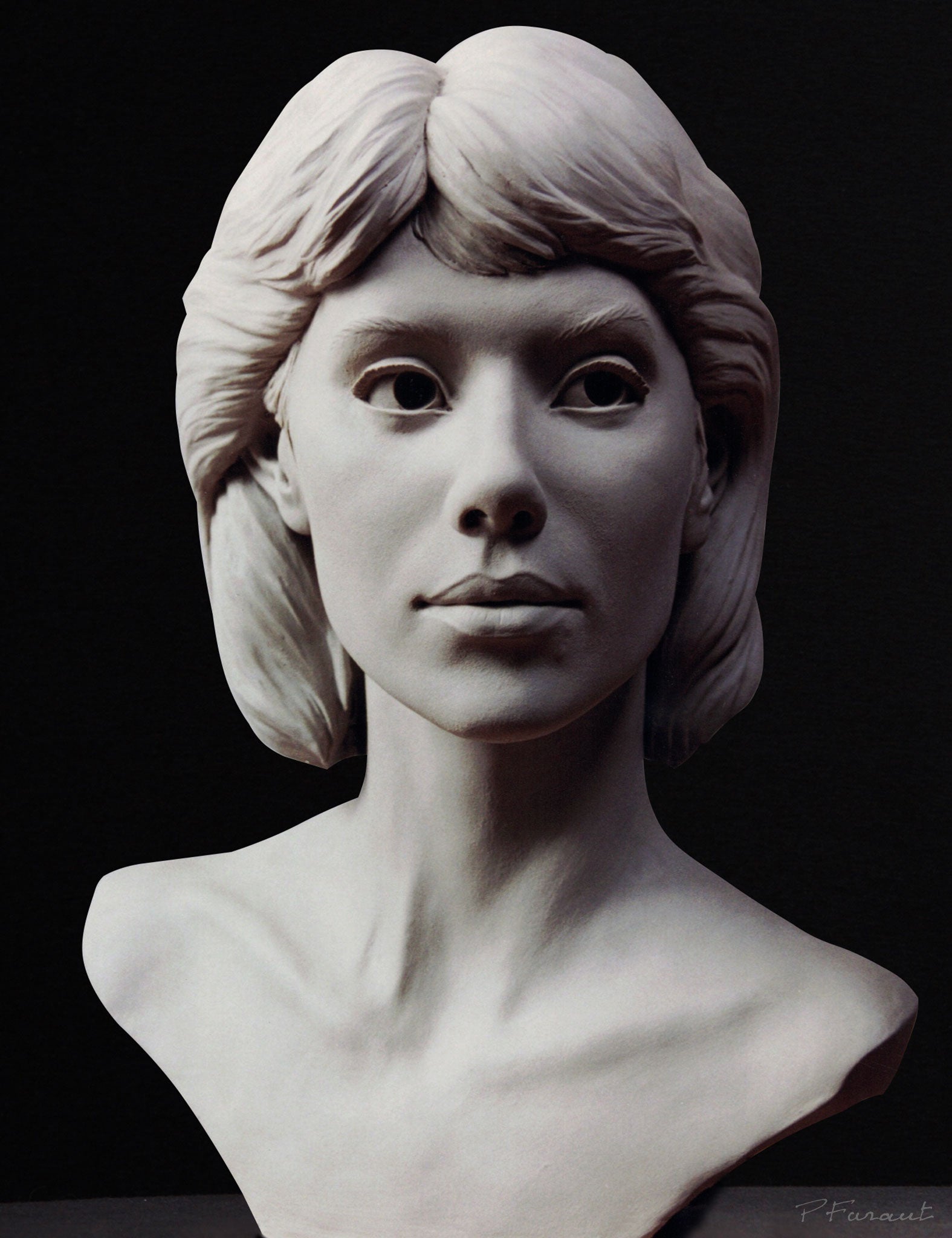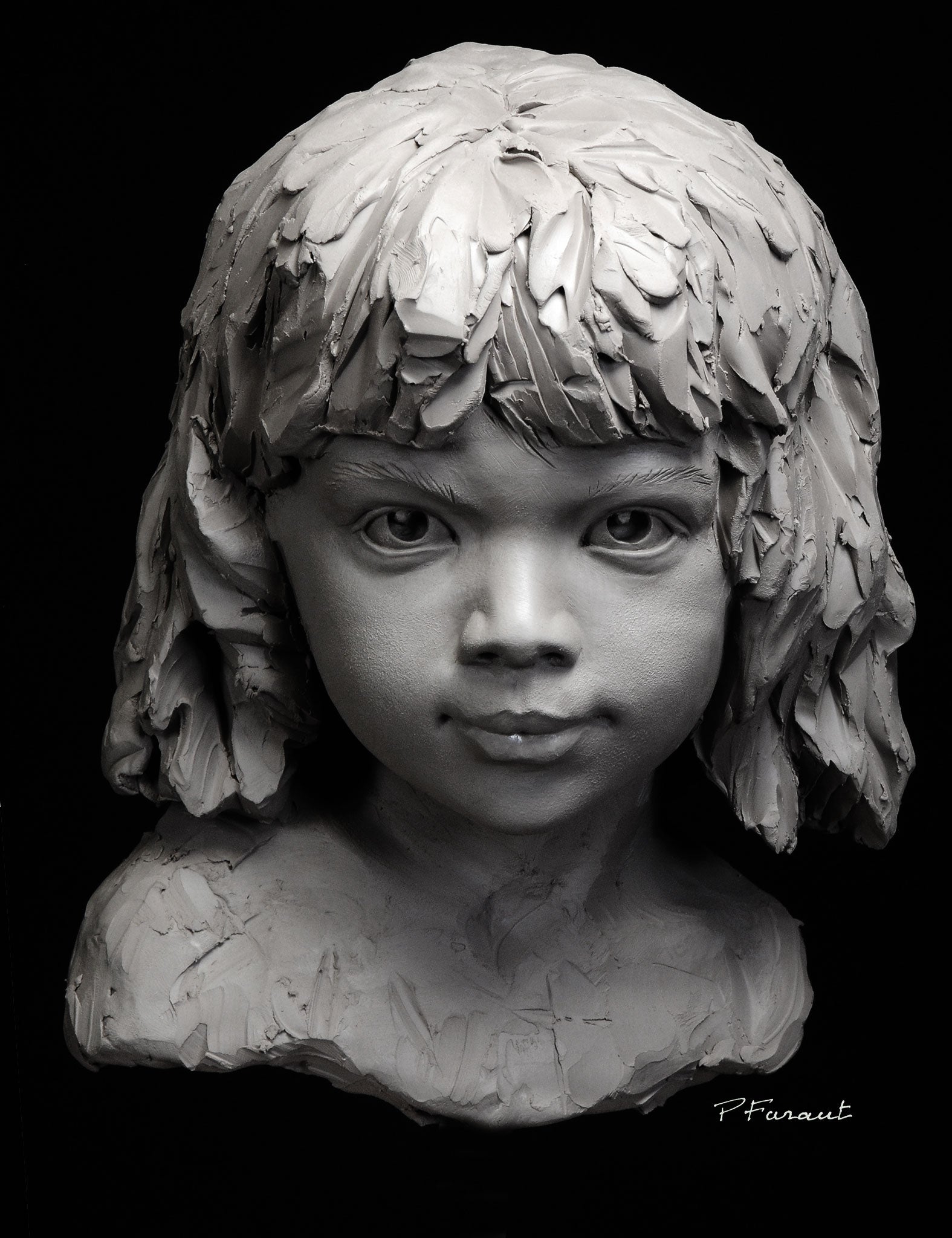The Evolution of Sculptures: From Ancient to Modern
The Advancement of Sculptures: From Ancient to Modern. Contemporary Sculptures.
Sculpture, one of the oldest types of art, has actually been an important part of human people for millennia. From the old worlds of Egypt and Greece to the contemporary era, sculptures have evolved, showing changes in creative strategies, materials, and social influences. This trip through time traces the advancement of sculptures, discovering the shifts stylishly, subject matter, and creative expression.
Beginning with the old globe, sculptures crafted from stone and later bronze caught the significance of deities, rulers, and daily life. The Renaissance duration experienced a revival of classic sculpting strategies, as artists sought to mimic the stylish forms of ancient Greek and Roman sculptures (Robert C Hitchcock Sculptor). In the modern period, artists challenged standard borders, welcoming abstraction and experimentation with new materials
This expedition will certainly dig into the varied evolution of sculptures, exposing the abundant tapestry of creative expression across various durations and cultures.

Old Sculptures: From Rock to Bronze
Ancient sculptures transitioned from being sculpted out of rock to being cast in bronze. This shift noted a considerable advancement in the art of sculpture, permitting better refinement and detail in the ended up jobs. Stone sculptures, while remarkable in their own right, were limited by the nature of the product. Rock required substantial carving and shaping, often leading to a more streamlined depiction of the topic.
The intro of bronze as a medium for sculptures caused a revolution in artistic expression. Bronze used carvers the opportunity to produce natural and detailed types that were not possible with stone. The process of casting bronze allowed for the production of numerous duplicates of a sculpture, making it possible for wider distribution and preservation of these imaginative work of arts.
The change from rock to bronze also saw a shift in the subject of sculptures. While stone sculptures mostly depicted gods, goddesses, and mythical numbers, bronze sculptures began to mirror a broader variety of subjects, including daily individuals and pets. This expansion of topic showcased the adaptability and flexibility of the bronze medium.
Renaissance Rebirth: Shaping in the Timeless Style
The Renaissance revival of sculpture witnessed a revival in the classical design, structure upon the innovations made during the transition from rock to bronze in old sculptures. Throughout this period, artists looked for to recreate the timeless visual and suitables of charm that prevailed in old Greek and Roman sculptures.
One of the essential attributes of the Renaissance resurgence was the focus on naturalism and the human kind. Artists like Donatello and Michelangelo aim to catch the physiological details and expressions of their topics with extraordinary precision. They researched the human body and incorporated their monitorings into their sculptures, causing natural and practical representations.
Another important element of the Renaissance revival was the exploration of viewpoint and depth. Musicians used methods such as contrapposto, where the weight of the body is shifted away, creating a sense of motion and dynamism. They additionally trying out various materials, consisting of marble and bronze, to achieve a degree of sophistication and intricacy in their sculptures.

Modernism and the Avant-Garde: Damaging Standard Limits
During the Innovation and Avant-Garde motions, artists pushed the limits of typical artistic conventions. This duration, which arised in the late 19th and early 20th centuries, saw a significant change in the method musicians approached sculpture. Turning down the notion of art as simple replica, modernist carvers looked for to discover new forms, products, and principles.
Among the crucial attributes of modernist sculpture was the emphasis on abstraction. Sculptors relocated far from realistic representations and rather focused on capturing the significance of the topic through streamlined types and geometric shapes. This separation from conventional depiction allowed musicians to reveal their emotions and ideas in an extra subjective and personal way.

Contemporary Sculptures: Discovering New Materials and Concepts
With a concentrate on exploring brand-new products and principles, contemporary sculptures have revolutionized the area of art. Artists today are pressing the limits of typical sculpture by making use of innovative materials and experimenting with abstract ideas. These sculptures test traditional ideas of kind, materiality, and definition, welcoming customers to take part in a provocative and brand-new imaginative experience.
Contemporary artists are embracing a broad range of materials, including plastic, glass, metal, and also raw material. They are not restricted to the typical medium of stone or clay, permitting greater flexibility of expression and experimentation. This change towards unusual materials has actually opened up brand-new possibilities for musicians to produce sculptures that are dynamic, interactive, and visually striking.
Along with checking out brand-new materials, contemporary sculptures additionally explore complex and abstract principles. Musicians are now exploring motifs such as identification, social problems, and the environment, using sculpture as a powerful tool for social commentary and self-contemplation. These sculptures test audiences to assume seriously and engage with art on a deeper degree, sparking discussions and prompting emotional responses.
Global Impacts: Sculptural Practices From Worldwide
Sculptural customs from different regions of the globe have considerably formed the advancement of sculptures throughout history. The international influences on sculpture have actually been diverse and have actually added to the splendor and selection of creative expressions. From the old people of Egypt, Greece, and Rome to the elaborate makings of Asian societies, each area has established its unique sculptural customs that have actually influenced musicians throughout time.
In ancient Egypt, sculptures were produced primarily for funerary and spiritual purposes. The famous sculptures of gods and pharaohs, such as the Great Sphinx and the bust of Queen Nefertiti, showcase the Egyptians' proficiency of stone sculpting and their belief in the immortality.

In old Rome, sculpture offered both creative and political objectives. Roman sculptures commonly depicted emperors, generals, and mythological figures, mirroring the power and grandeur of the empire. The marble sculpture of Augustus of Prima Porta and the significant Arc of Constantine are notable instances of Roman sculptural success.
Asian sculptural customs, especially in India, China, and Japan, have additionally had a profound effect on the advancement of sculptures. Indian sculptures, such as the intricately sculpted temples of Khajuraho and the gigantic statuaries of Buddha, display an abundant blend of religious, mythical, and architectural elements. Chinese sculptures, characterized by their fine craftsmanship and attention to detail, commonly represent divine beings, pets, and epic numbers. Japanese sculptures, affected by Buddhism, stress simpleness and peace, seen in the serene statues of Buddha and the stylish art of bonsai.
The international impacts on sculpture continue to evolve in the modern-day period. As we look to the future, it is specific that the international impacts on sculpture will certainly continue to form and redefine this old art type.
Verdict
To conclude, the development of sculptures has seen a shift from ancient rock and bronze works to the timeless revival throughout the Renaissance. This was complied with by the breaking of typical limits through innovation and the avant-garde motion. Today, contemporary sculptures check out new products and ideas, while likewise drawing motivation from international sculptural traditions. The trip of sculptures reflects the ever-changing creative expressions and social influences throughout history.
From the ancient worlds of Egypt and Greece to the useful source modern-day period, sculptures have advanced, reflecting adjustments in creative techniques, materials, and social impacts.Beginning with the ancient world, sculptures crafted from stone and later on bronze captured the essence of divine beings, rulers, and day-to-day life.Ancient sculptures transitioned from being sculpted out of rock to being cast in bronze. While stone sculptures mostly portrayed gods, sirens, and mythical figures, bronze sculptures started to show a broader range of topics, including daily people and pets.In final thought, the evolution of sculptures has actually seen a shift from ancient rock and bronze functions to the classical revival throughout the Renaissance.